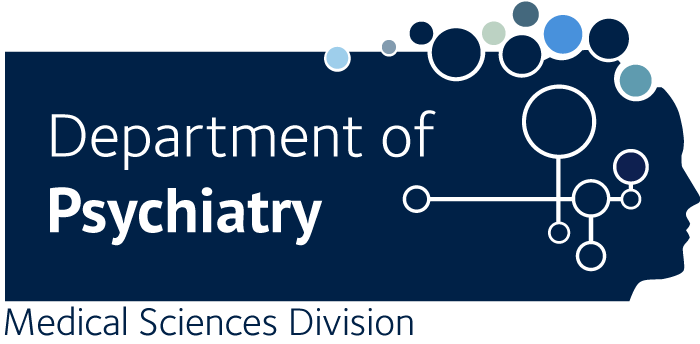The influence of season on glutamate and GABA levels in the healthy human brain investigated by magnetic resonance spectroscopy imaging.
Spurny-Dworak B., Reed MB., Handschuh P., Vanicek T., Spies M., Bogner W., Lanzenberger R.
Seasonal changes in neurotransmitter systems have been demonstrated in imaging studies and are especially noticeable in diseased states such as seasonal affective disorder (SAD). These modulatory neurotransmitters, such as serotonin, are influencing glutamatergic and GABAergic neurotransmission. Furthermore, central components of the circadian pacemaker are regulated by GABA (the suprachiasmatic nucleus) or glutamate (e.g., the retinohypothalamic tract). Therefore, we explored seasonal differences in the GABAergic and glutamatergic system in 159 healthy individuals using magnetic resonance spectroscopy imaging with a GABA-edited 3D-MEGA-LASER sequence at 3T. We quantified GABA+/tCr, GABA+/Glx, and Glx/tCr ratios (GABA+, GABA+ macromolecules; Glx, glutamate + glutamine; tCr, total creatine) in five different subcortical brain regions. Differences between time periods throughout the year, seasonal patterns, and stationarity were tested using ANCOVA models, curve fitting approaches, and unit root and stationarity tests, respectively. Finally, Spearman correlation analyses between neurotransmitter ratios within each brain region and cumulated daylight and global radiation were performed. No seasonal or monthly differences, seasonal patterns, nor significant correlations could be shown in any region or ratio. Unit root and stationarity tests showed stable patterns of GABA+/tCr, GABA+/Glx, and Glx/tCr levels throughout the year, except for hippocampal Glx/tCr. Our results indicate that neurotransmitter levels of glutamate and GABA in healthy individuals are stable throughout the year. Hence, despite the important correction for age and gender in the analyses of MRS derived GABA and glutamate, a correction for seasonality in future studies does not seem necessary. Future investigations in SAD and other psychiatric patients will be of high interest.

